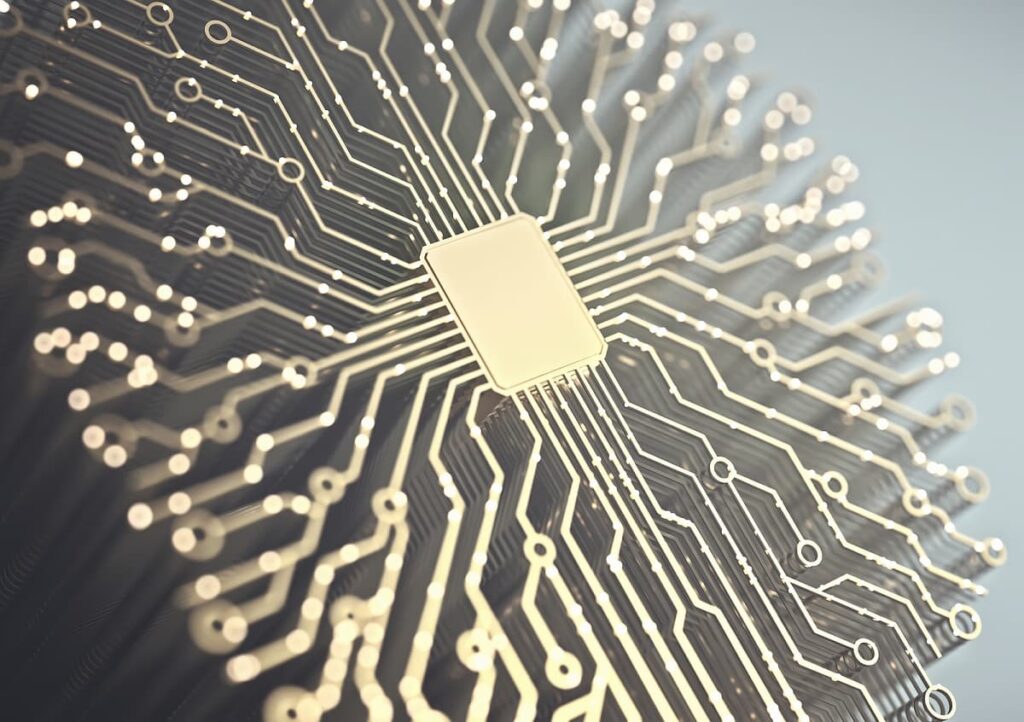8 Biomimicry Examples Taken From Actual Startups
Table of contents

There is some darn cool stuff going on in nature. Spider silk is five times stronger than steel, a mantis shrimp is quicker than a bullet, and tardigrades can live for a decade without food. How can we take some of these amazing natural occurrences and exploit them to our own advantage? The design of materials or products based on inspiration from nature is called “biomimicry” or “biomimetics” and it’s a good way to come up with cool new ideas for startups.
This is not the first article we’ve written on biomimicry examples. We’ve written about NanoMech that mimics the structural design of a lotus leaf surface to develop a metal coating with the toughness of diamonds. We also covered Bolt Threads that came up with a tough fiber by emulating the way a spider spins its web using a genetically altered yeast combined with water and sugar. Most of these technologies are driven by the need to use less synthetic compounds, less consumption of petroleum-based fuel, reduce carbon emissions, and make our world simply cleaner and safer (queue picture of interracial people hugging):
As we go deeper in understanding what technologies are really based on nature’s open source solutions, we come across truly “cool” designs and templates to emulate. We picked 8 biomimicry examples used in startups today that we thought our readers may be able to take inspiration from.
Bamboo

Sharks

Human Immune System

Spiders
Spiber is a Japanese biomaterials company that is developing synthetic spider silk. Spiber had 6 rounds of funding from 2007 to 2015 totaling $145.3 million plus a grant from an undisclosed source in the amount of $20 million last October 2016. Spiber’s technology allows them to come up with different features for a fabric based on the available protein types in their library. They started marketing the first ever synthetic spider silk fabric in 2016 under their QMONOS™ trademark. The North Face’s Antarctica Parka is the first brand to be made with this fabric designed for harsh environments like the South Pole. We couldn’t find the parka on Amazon so pretty much that means you can’t buy it yet. With that much funding and a Series E of $84 million late last year, we’re expecting to see some big things from Spiber.
Desert Beetle

Marine Organisms
Founded in 2007, Los Gatos California startup Calera Corporation is able to capture and convert carbon dioxide (CO2) to calcium carbonate. The process comes in different names: carbon recycling, carbon capture, and carbon sequestering. With a total of $45.5 million from 3 rounds of funding backing it up, Calera found a way to mimic the mineralization of CO2 in marine organisms which comes in the form of calcium carbonate. Divers can attest to the fact that calcium carbonate is usually deposited on the ocean floor through time. The Calera process as they call it is able to produce calcium carbonate as a supplement for cement, solely as cement, or as a binder. The powder can replace 15% of Portland cement for concrete mixture use in construction. Now we have a “concrete” solution to the nagging carbon emission problem by simply converting CO2 to something else. Who knew biomimicry could be so much pun?
Cellular Membranes

Glow Worms
Glowee is a French startup organized in 2014 with an undisclosed seed funding round taken in the following year. The Company is developing a lighting technology by using the bioluminescence capability of marine organisms. Glowee accomplishes this by identifying the gene responsible for the bioluminescence in organisms, and then introducing this gene in common non-pathogenic bacteria. Once this bacteria is bio-engineered and cultivated, it is then encapsulated in a transparent shell incorporating nutrient solution to stimulate the production of light. An alternative technology for lighting that is sustainable is definitely enticing. Short of that, there is going to be an amazing new clothing line for ravers coming out of this.
Conclusion
So there you have 8 biomimicry examples that are being commercialized. The above startups are worth watching not only because they are literally “clean” investments but because the environmental sustainability of our world seems to be part of their bottom line. Now if only we can figure out what gives camels 30 minute orgasms and put that in pill form. (If you thought it was pigs that had the longest orgasms, it’s actually the camel). These are the sorts of quality insights that our readers have come to expect from us.
Sign up to our newsletter to get more of our great research delivered straight to your inbox!
Nanalyze Weekly includes useful insights written by our team of underpaid MBAs, research on new disruptive technology stocks flying under the radar, and summaries of our recent research. Always 100% free.















Our house building technology is based on Biomimicry.
Thank you for that Michael! That is very cool stuff you’re doing there.